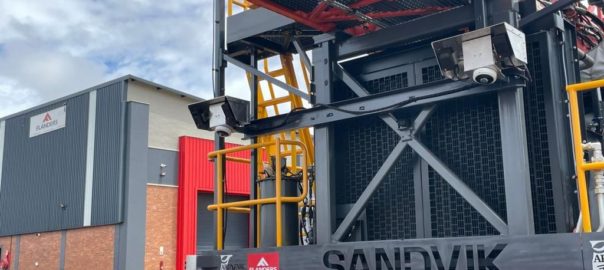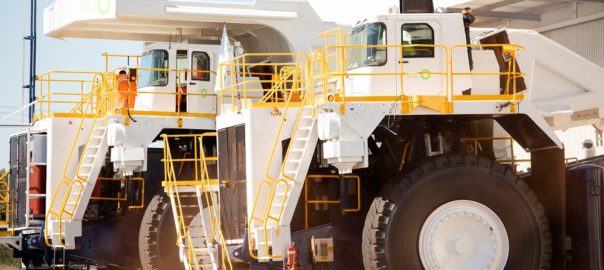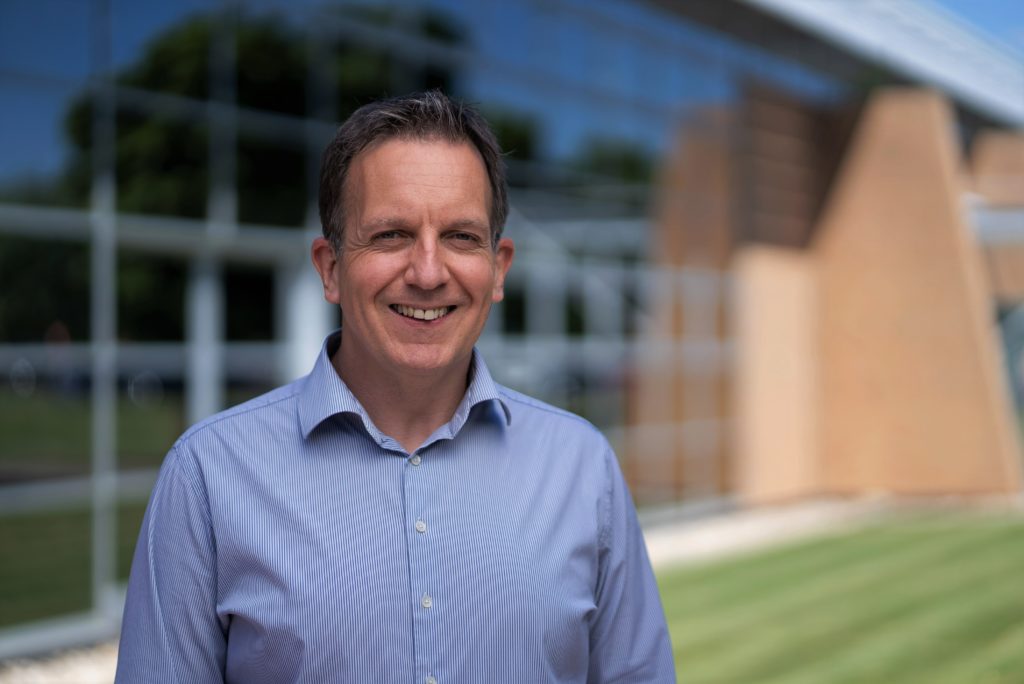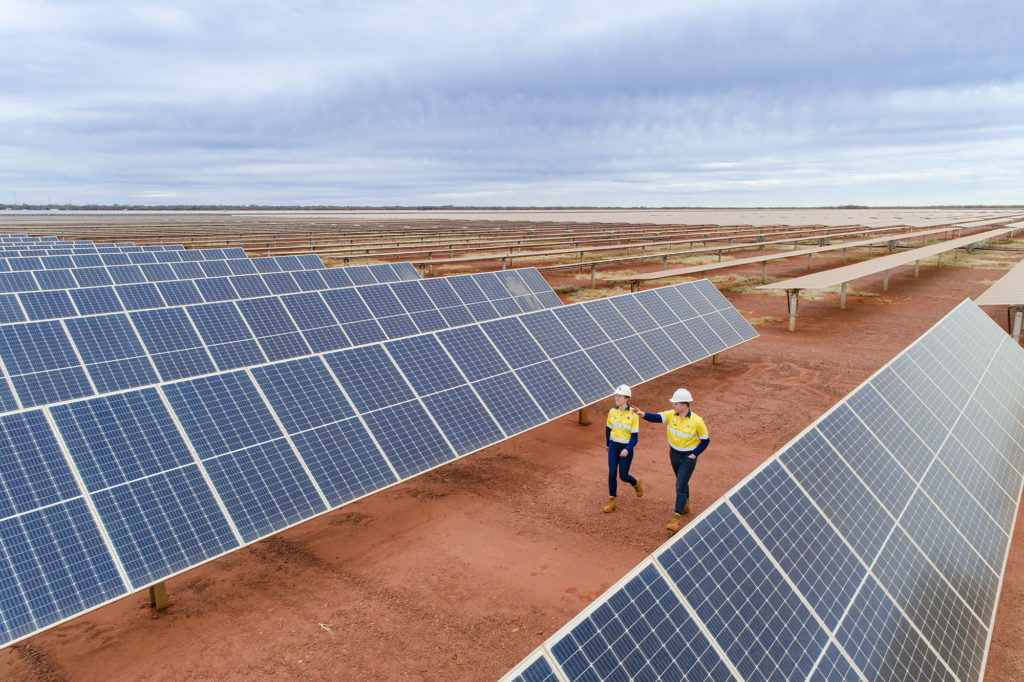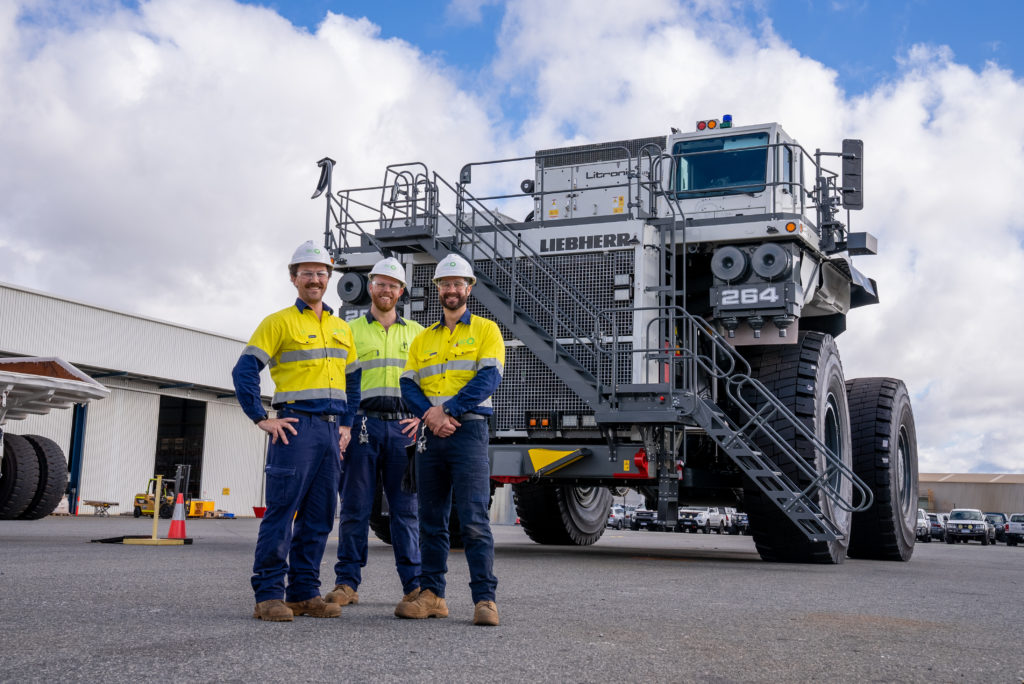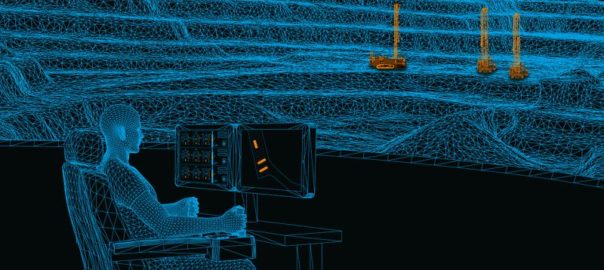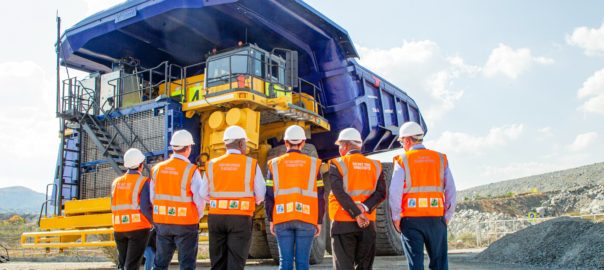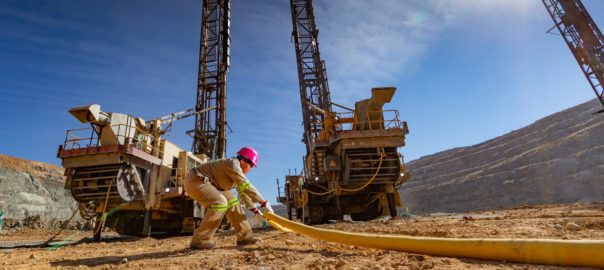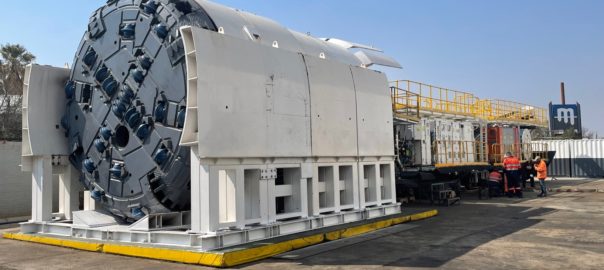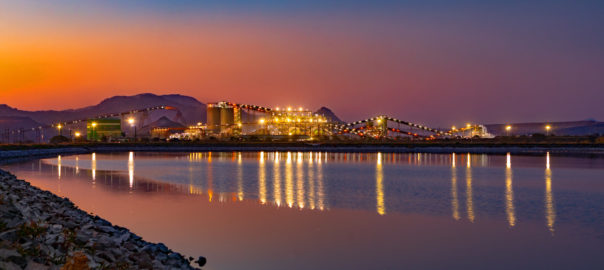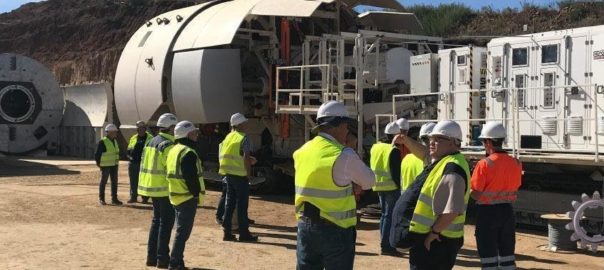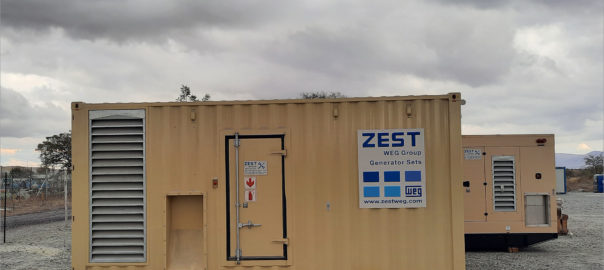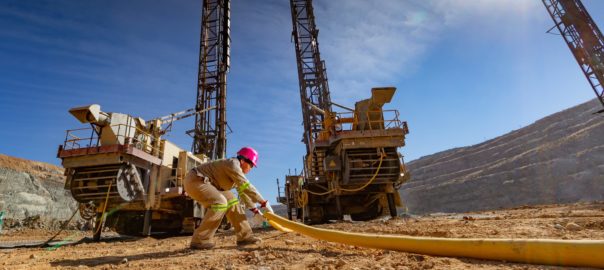A fourth Sandvik DR410i rotary blasthole drill set for Anglo American Platinum’s Mogalakwena mine, in South Africa, has now been converted to an ARDVARC drill control system at FLANDERS’ Middelburg facility, in South Africa, ready to be shipped to the mine for commissioning, FLANDERS says.
The ARDVARC solution improves drill productivity by up to 30%, FLANDERS claims, and provides a significantly safer working environment for workers operating in complex or hazardous conditions. With its autonomous operating technology, FLANDERS helps its customers proactively optimise drilling and increase plant availability, it added.
Anglo’s Mogalakwena mine is, according to FLANDERS, the first to standardise its drill fleet, and is about to receive its fourth Sandvik 410i drill.
The FLANDERS team is working with Anglo to plan the conversion of its existing fleet, with the ongoing partnership helping accelerate Anglo’s adoption of drilling automation technologies.
FLANDERS previously signed a deal with Anglo to incorporate ARDVARC on all new and existing drills at the Mogalakwena mine, including the recently purchased Sandvik DR410i blasthole drills.







